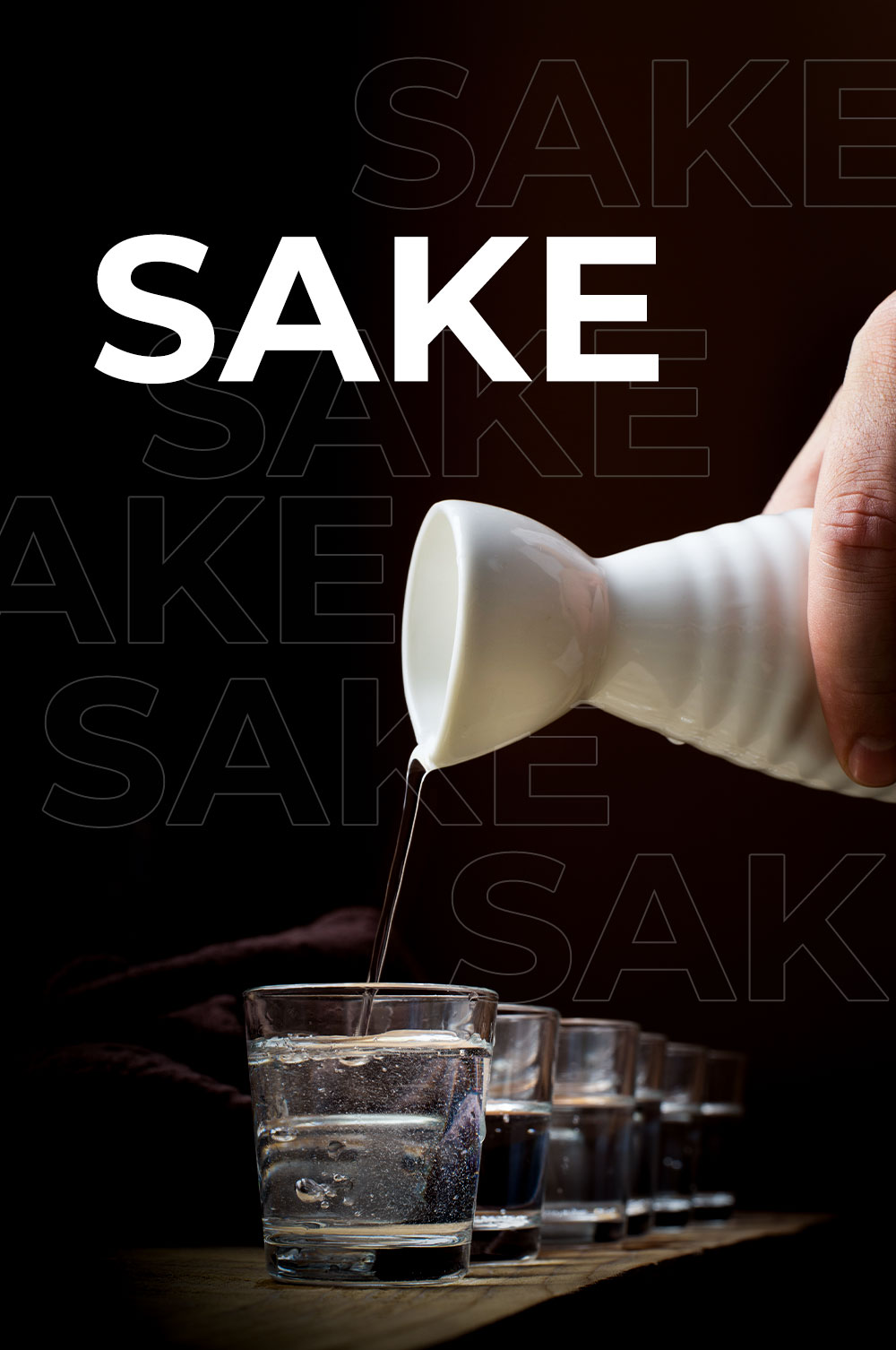
Have you ever noticed that when we offer sake in Portugal, the response is invariably the same: “it’s very strong, I don’t want to go home drunk!” However, that’s an idea that’s not correct. Dive into the wonderful world of sake, with a bit of history.
Did you know that sake is almost like wine? It’s true!
What we often call “sake” in some Japanese restaurants is not actually sake. Japanese sake is not a distilled alcohol with 54% served in small and funny cups… On the contrary, it is a subtle alcoholic beverage with multiple aromas and flavors.
According to the legal definition in Japan, sake (under its name “seishu,” meaning “clear alcohol”) is an alcohol with a content of less than 22°, composed of polished rice, water, and yeast, and then pressed. If today’s aromatic sakes present a nose with floral, fruity, or creamy notes, others will have flavors of honey, nuts, or spices.
And they pair wonderfully well, hot or cold, with the meals we find in our restaurants – as long as they are carefully selected.
A bit of history:
Yayoi Period – 弥生時代 -800/-400 to 250 AD – the birth of sake
It was between 300 BC and 300 AD that rice was imported to Japan. We find in the Chinese treaties of the time traces of a drink called “wakoku sake” (“sake from the country of Wa,” the name of the archipelago’s ethnicity).
Nara Period – 奈良時代 710-794 AD – the discovery of Koji
It was here that the first great revolution of sake occurred, with the discovery of Aspergillus oryzae, a microscopic fungus (Koji) that transforms the rice starch into sugar, a step that precedes the transformation into alcohol.
Sengoku Period – 戦国時代 1467-1590 AD – the appearance of pasteurization
About 267 years before Pasteur, the first description of sake pasteurization is found in the publication of Tamonin Nikki. This allows for better preservation – and consequently, transport – of sake.
Meiji Period – 明治時代 1868-1912 AD – the discovery of sake yeast
Discovery and identification of the first sake yeasts, which can now be cultivated.
Showa Period – 昭和時代 1926-1989 AD – the advent of “modern” sake
In 1907, the first National Sake Competition is launched in Japan. Ryusei sake, from Fujii Shuzo, wins first prize.
In 1933, the first vertical rice polisher appears, a revolutionary advancement that elevates rice polishing to previously unimaginable levels. This innovation enabled the production of exceptional sakes, far beyond traditional techniques where rice was polished in water mills.
With the Second World War, there is a shortage of rice in the archipelago. To compensate for this shortage, the state requires sake breweries to dilute their sake by adding distilled alcohol – sometimes in large quantities. This technique allowed for an increase in sake production volume but decreased its quality, contributing to sake’s poor reputation in the following decades.
In 1971, after years of effort, several sake breweries decided to reintroduce sake without added alcohol, Junmai sakes. One of the most cited is Kamoizumi brewery.
Since then, sake breweries have focused on producing quality sake, and consumers have followed this trend.
At Vinha, we suggest you explore the wonderful world of sake!
Find here quality sakes from prestigious sake breweries!

